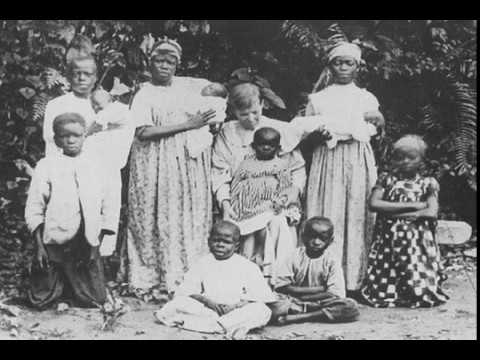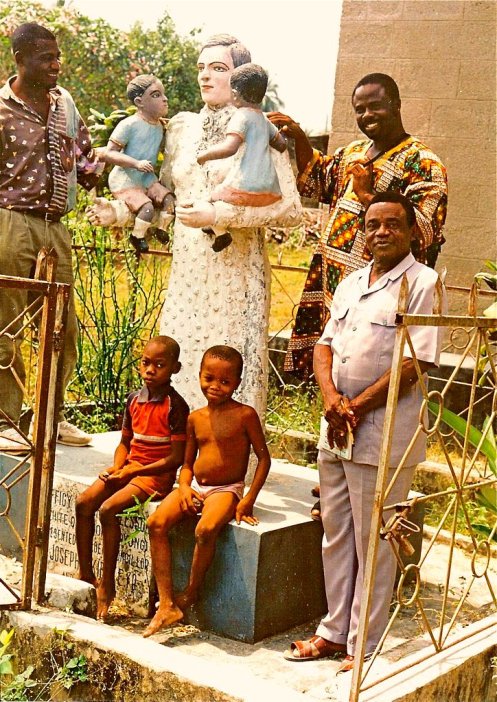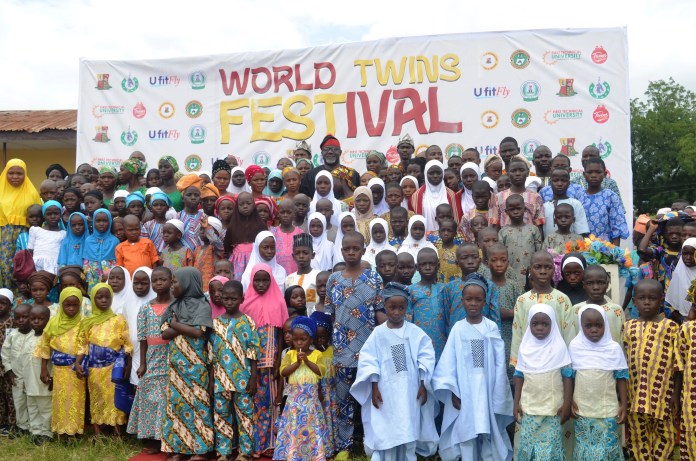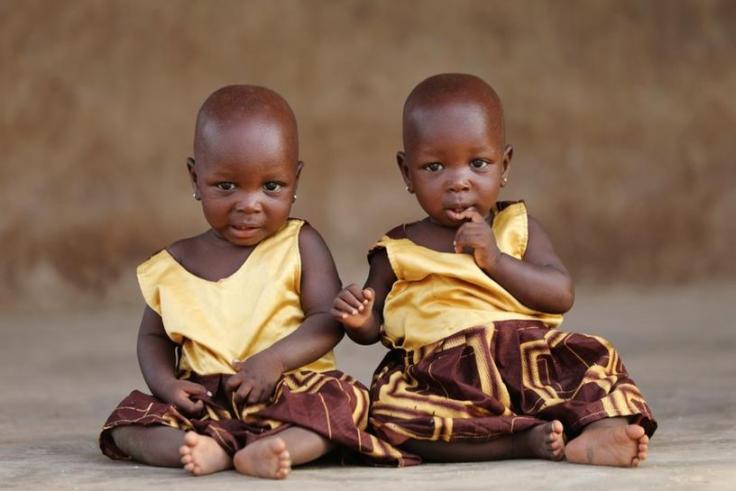According to family history, my Uncle Justin and his twin Aunt Monica were the first twins in my ancestral home of Eke in South East Nigeria to survive birth. They were born just after the British colonial authorities stamped out the practice of twin infanticide in that part the country.
There was a time when Africans quietly acknowledged that colonialism brought some good to Africa despite its exploitative intent. Today, in this age where only approved “truths” are allowed, few educated Africans dare say it for fear of abuse from their peers.
In my last post, I wrote about how the colonial powers imposed peace upon warring tribes and states in West Africa, a peace highly appreciated by ordinary West Africans of the time. In this post, and the next, I write about two odious practices ended by colonial rule in West Africa.
The first is twin infanticide. While colonialism succeeded in stamping out this terrible practice in most places, evidence exists that it continues clandestinely in a few isolated pockets in Nigeria.
In some parts of Eastern Nigeria, having twins in precolonial times was a calamity of huge proportions. The people of these areas believed that a woman gave birth to twins because she had copulated with a demon. They thought it unnatural for humans to have multiple births like dogs and other animals. Among the Annang of South East Nigeria, such a woman was immediately banished to a part of the forest known as “Evil Woman Forest,” and no one was permitted to have anything to do with her.
Udo Akpabio, a chief of the Annang in those days, told an interviewer, “As in most other clans here, social life and intercourse with mothers of twins is strictly forbidden. Any persons found guilty of such conduct, both men and women, were either killed or sold as slaves to Inokon, the Aro people.”
The newborn twins were either stuffed into an earthenware pot and left in the forest to die, or a hole was dug into an ant hill and the babies jammed into it.
The British missionary George T. Basden lived in Igboland from 1900 to 1936 and witnessed such traditional practices before colonial takeover. He reports, “This method of dealing with twins is reckoned to be the only one open to the parents, as by acting thus, they hope to avert further calamity…” According to many reports, some of the babies lived for several days after abandonment. Given the mass of documentation available, this practice cannot be denied or dismissed as fabricated by missionaries, as some embarrassed people from the region have tried to do recently.


Basden continues, “In one case of castaways with which I had to deal, they had been lying a whole night, and the greater part of the next day, in the bush—at least 16 hours. One died from injuries either deliberately inflicted or received when being forced through the neck of the pot; the other, and uppermost, child had escaped serious injury and has since grown into a sturdy boy, mother and child having been kept under supervision for some months at the medical mission.”
There were other cruel forms of infanticide in that region of SE Nigeria. For example, in some parts, a baby that cut its upper teeth first was also seen as a sign of evil. Such a baby, usually about 6 months old, and which had presumably been enjoying the love and care of its parents, was unceremoniously thrust into a pot and dumped in the Evil Forest.
According to the eminent Nigerian historian, Adiele Afigbo, the British colonial divisional officer, W. Fosbury, established a Native Court in the town of Obosi in 1902 to try people found to be murdering babies. These murders were brought to his attention by the newly converted Christians among the inhabitants of the town, who demanded that he do something. Fosbury’s actions put an end to the practice there.
It is important to point out that twin infanticide was not something practiced by all or even most West African ethnic groups. For example, the Yoruba, the large language group found west of the Niger in Nigeria, Benin Republic and Togo, have the highest rate of twinning in the world according to studies carried out by British gynaecologist Patrick Nylander (45-50 sets of twins per 1000 live births). The precolonial Yoruba cherished twins. and believed that they brought good luck and prosperity to families.


Also, infant abandonment and infanticide are not unique to Africa, and were part of life in many areas of the pre-modern world. They existed as a part of ancient Roman “civilization” in the practice of “exposure,” in which a baby rejected for whatever reason by the patriarch of the home was taken out to the rubbish heap and left there to die. There are also estimates that at least 20 percent of infants were abandoned or left to die in medieval Europe.
As my dad used to say, “the best thing about the good old days is that they’re gone.”
LikeLike